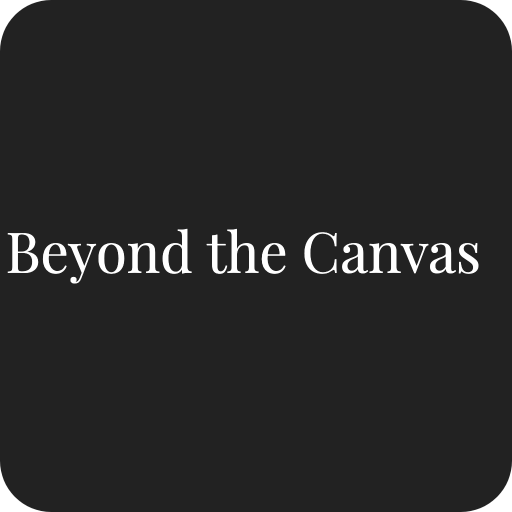- Beyond the Canvas

- May 8, 2020
- 2 min read
teamLab hail from Japan, they are an interdisciplinary collective of artists, programmers, engineers, CG animators, mathematicians and architects whose practice 'seeks to navigate the confluence of art, science, technology, and the natural world'. With their own digital museum in Tokyo and a growing number of indoors and outdoors solo installations around the world, they also boast a presence in some of Asia Pacific's most prominent museums.
Immersive experience is a buzz word I have come to dread. It's like we are suddenly unable to really engage with art unless aided by technology. VR, AR, welcome to the new reality of the digitally-enhanced art experience. This phenomenon goes hand in hand with the development of the blockbuster painting show, where digital technology has become something of a fixture, e.g. the long queues at Tate Modern to step into a VR rendition of Modigliani's studio.
The teamLab installation was jaw-dropping for visual impact and sharpness of execution. We really did find ourselves immersed in a world of floating petals, towering sunflowers, fluttering butterflies and crashing waterfalls. All supremely instagrammable and selfiable content, they are on to a winner. With no prescribed itinerary and loud 'dreamy' music playing nonstop, you're free to wander aimlessly and explore this dazzling display of mesmerising imagery. Dizzying sensory overload is the best way of summing it up.
After the first 5' of stunned wonderment, more rational thoughts started creeping in. The place was packed, people seemed happy and engaged, so surely this is what the democratisation of art looks like. But this also what Disneyland looks like. Is there a line to be drawn or have the lines blurred forever? Far from sharing the elitist idea that art is for the few, I accept these technologies are here to stay and respect their potential to offer something new, especially with a view to attracting broader and, crucially, younger audiences.


Er, do you see what I mean?

Videos and photos all mine. Except my own of course, which was taken by my friend Sasha Anevsky.





